Winter sowing as a seed-starting method has been around for a while, but it seems to be gathering steam in the last few years.
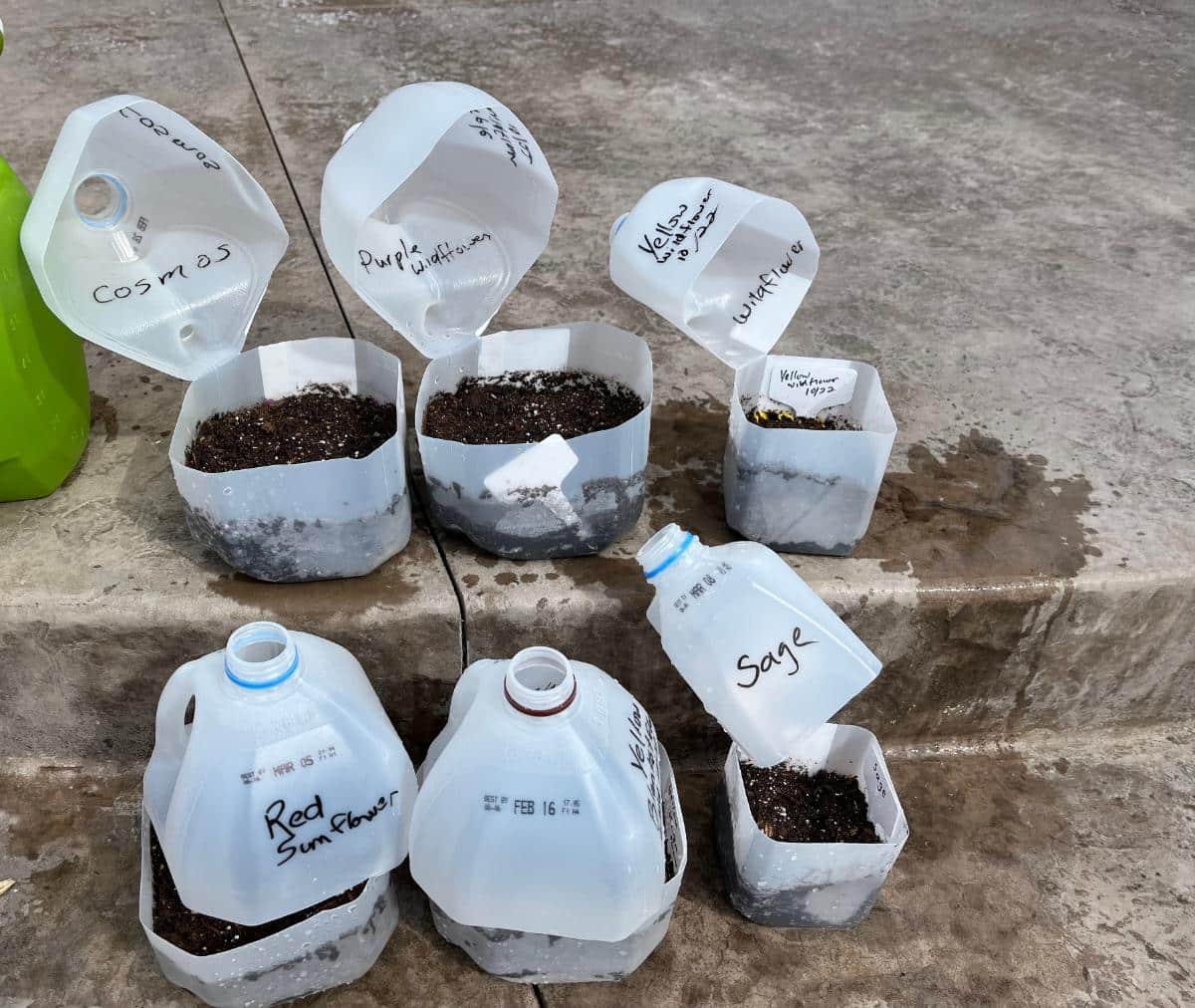
Though technically, any kind of seed can be winter sown, there are some types of seeds that are more suited to it.
Jump to:
- Why Winter Sow Seeds?
- What Seeds Work Best with Winter Sowing?
- Perennials are Perfect
- Perennial Edible Plants
- Herbs to Winter Sow
- Cold-Hardy Annuals Get a Good Start with Winter Sowing, Too
- Annual vegetables to winter sow
- Annual flowers to winter sow
- What About More Frost Sensitive Vegetables and Annuals?
- How About Short-Start Plants Like Sunflowers, Squash, and Cucumbers?
Why Winter Sow Seeds?
Many people see winter sowing as an easier way to start perennials and even annual garden plants. It has its pros and cons, but in many ways, it is a more hands-off, utility-free approach to starting seeds without an indoor growing setup or a greenhouse.
New to Winter Sowing? Find out what it’s all about here: Intro to Winter Sowing
What Seeds Work Best with Winter Sowing?
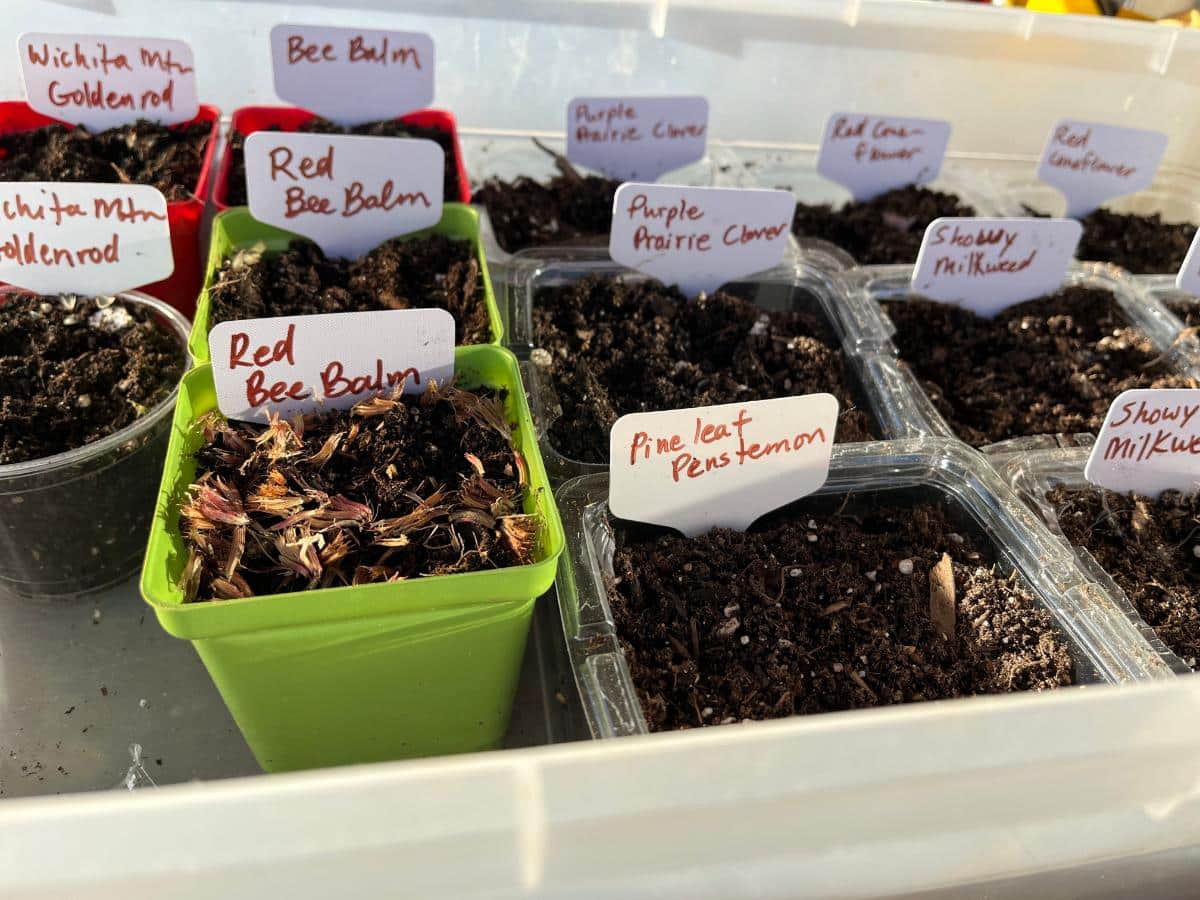
The types of seeds that work best with winter sowing are those that either need or benefit from cold stratification (which is a fancy way of saying seeds that sit in freezing or near freezing cold for a month or three or more).
Pinetree Seeds defines stratification as “The process that recreates the temperature conditions that would naturally break a seeds dormancy.”
But even seeds that don’t technically “need” to be cold-stratified can do well with winter sowing. A period of cold and moisture can help a lot of seeds along when the time comes.
Hard-coated seeds that need to be scarified (a fancy way of saying nick or cut the seed coat) also perform well with winter sowing. The cold and freezing help to break through those hard shells.
If there are types of seed you’ve struggled to start in the past, you might try them out with winter sowing instead.
Let’s get even more specific and look at some actual types of plants that work well with winter sowing.
Perennials are Perfect
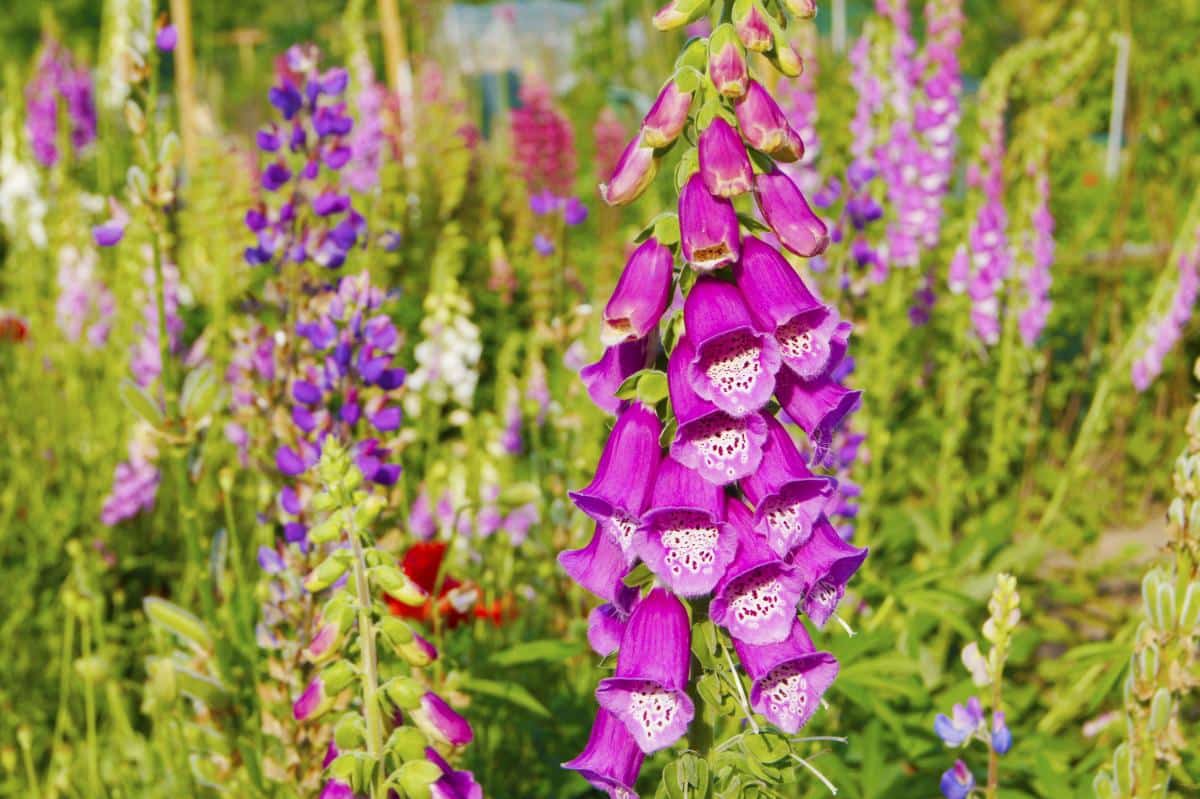
Perennials are built for winter dormancy. They are designed by nature to sit through the cold months and then spring to life when nature signals them to do so. Without winter, some types of perennials really won’t do well.
It’s the same for their seeds. Perennial seeds are those that are more likely to require cold stratification to germinate and grow. Many will simply not grow without it. They are also the most attuned to waking up in response to day length, sunlight, and warming.
Of course, you should work with perennials that are suited to your zone or location because those are the ones that can survive winters in your area as mature plants.
Here are some of the more common perennials that are recommended for winter sowing:
- Baby’s Breath
- Bee balms (Monarda species)
- Blanket Flower
- Butterfly Weed (Asclepias)
- Columbine
- Coneflower (Echinacea)
- Coreopsis
- Delphinium
- Foxglove
- Heliopsis (aka Ox-eye Daisy, Early Sunflower, False Sunflower)
- Hollyhocks
- Joe Pye Weed
- Lupine
- Mallow (Malva)
- Pincushion flowers (Scabiosa)
- Pinks (Dianthus)
- Pink Dandelion
- Rudbeckia (Brown and Black-eyed Susan varieties)
- Sneezeweed (Helenium)
- Yarrow
Perennial Edible Plants
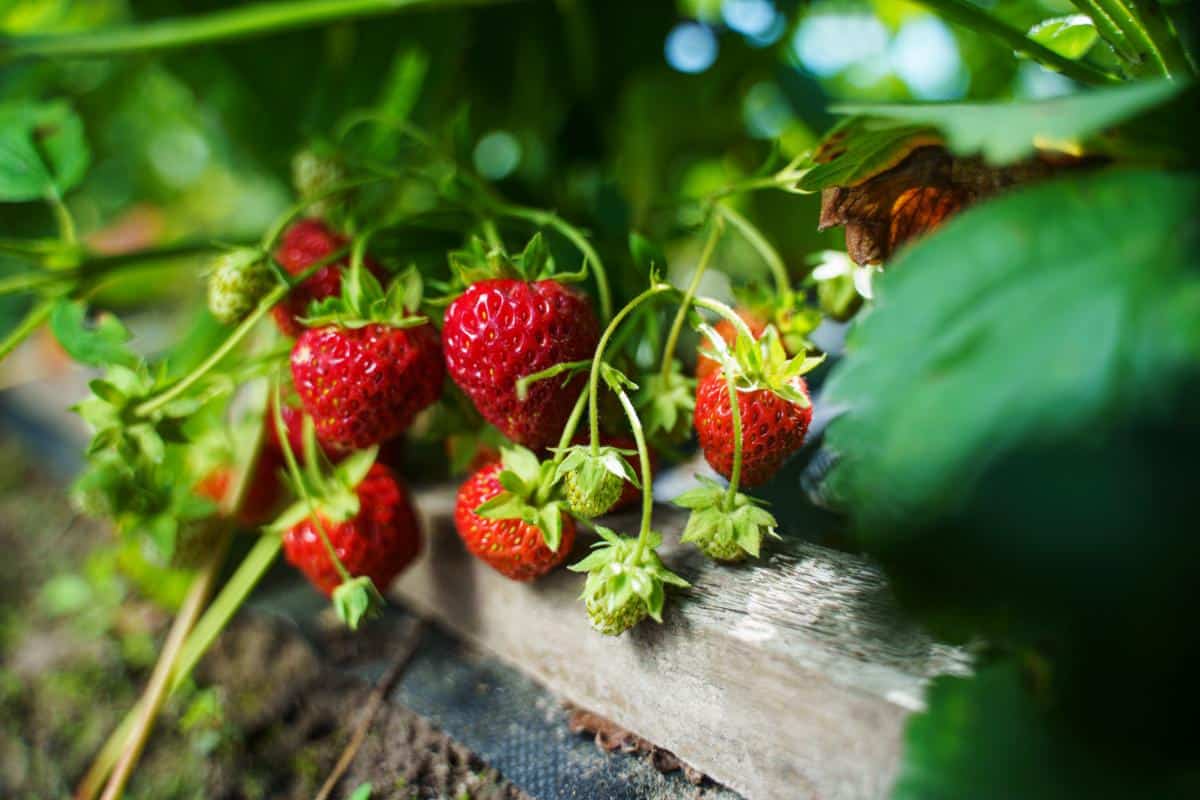
Remember that there are excellent edible perennials that can be started from seed, which can feed you for many years to come. It may take time before you can get a harvest (in some cases, years), but it’s an investment in your future food supply.
These edible perennials work well with winter sowing:
- Asparagus
- Strawberries
- Rhubarb
- Berries from seed
Herbs to Winter Sow
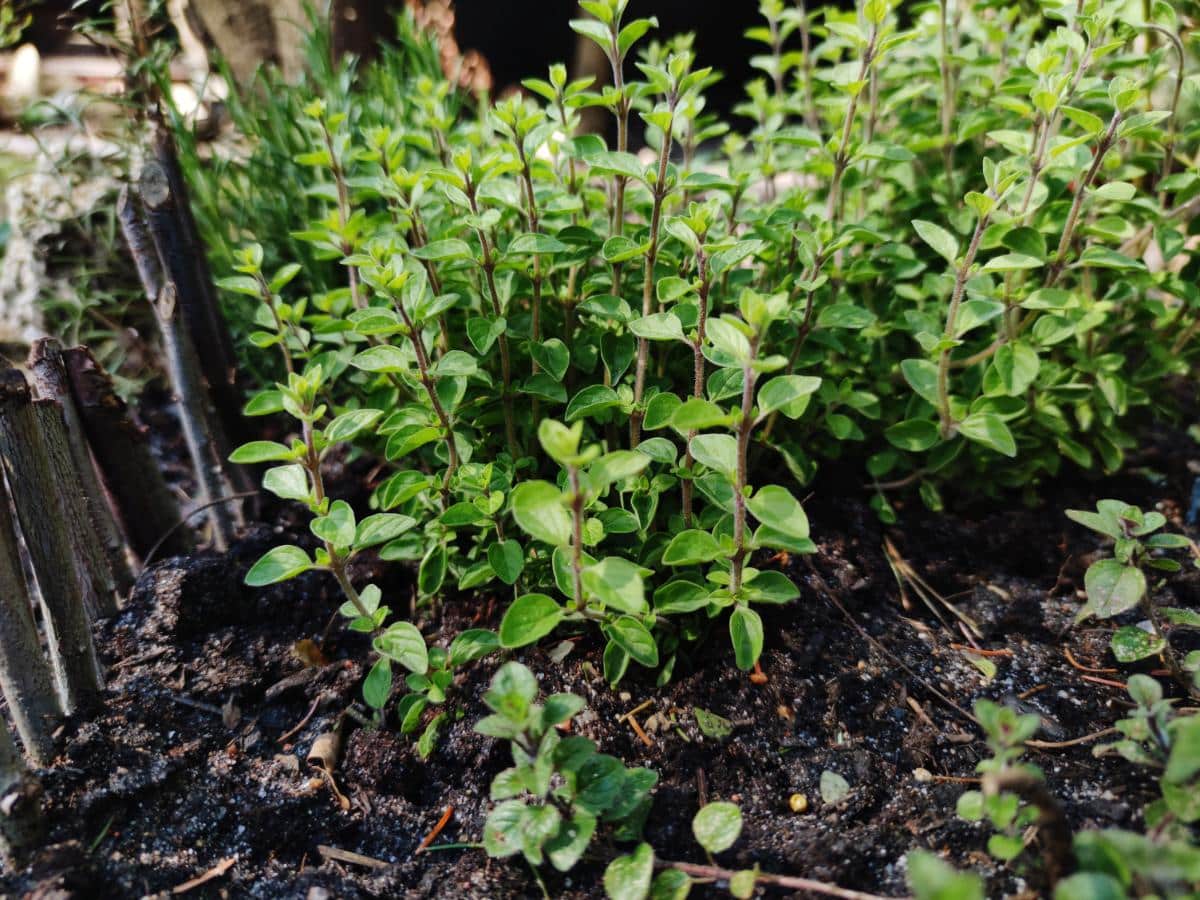
Herbs, many of which are perennials, too, can also be slow to start and can benefit from the cold stratification that winter sowing provides. Even those grown as annuals often benefit from the winter sowing method.
Of course, herbs that are perennials in one location may be grown as annuals in another. Regardless of how you grow them, though, these herbs are ideal for winter sowing:
- Anise Hyssop
- Borage
- Catnip
- Chamomile
- Chives
- Cilantro
- Cutting celery (aka seasoning celery)
- Dill
- Hyssop
- Lavender
- Lemon balm
- Lovage
- Mint varieties (including spearmint)
- Oregano
- Parsley
- Sage
- Savory
- Thyme
Cold-Hardy Annuals Get a Good Start with Winter Sowing, Too
Annuals can be winter sown, and many people start all of their seeds – whether annual or perennial – by winter sowing.
This can be tricky with some annuals because some are hot-weather plants and are not at all cold or frost-hardy. For this reason, the best annuals to start via winter sowing are those that are known to tolerate colder temperatures and perhaps even take some frost.
Annual vegetables to winter sow
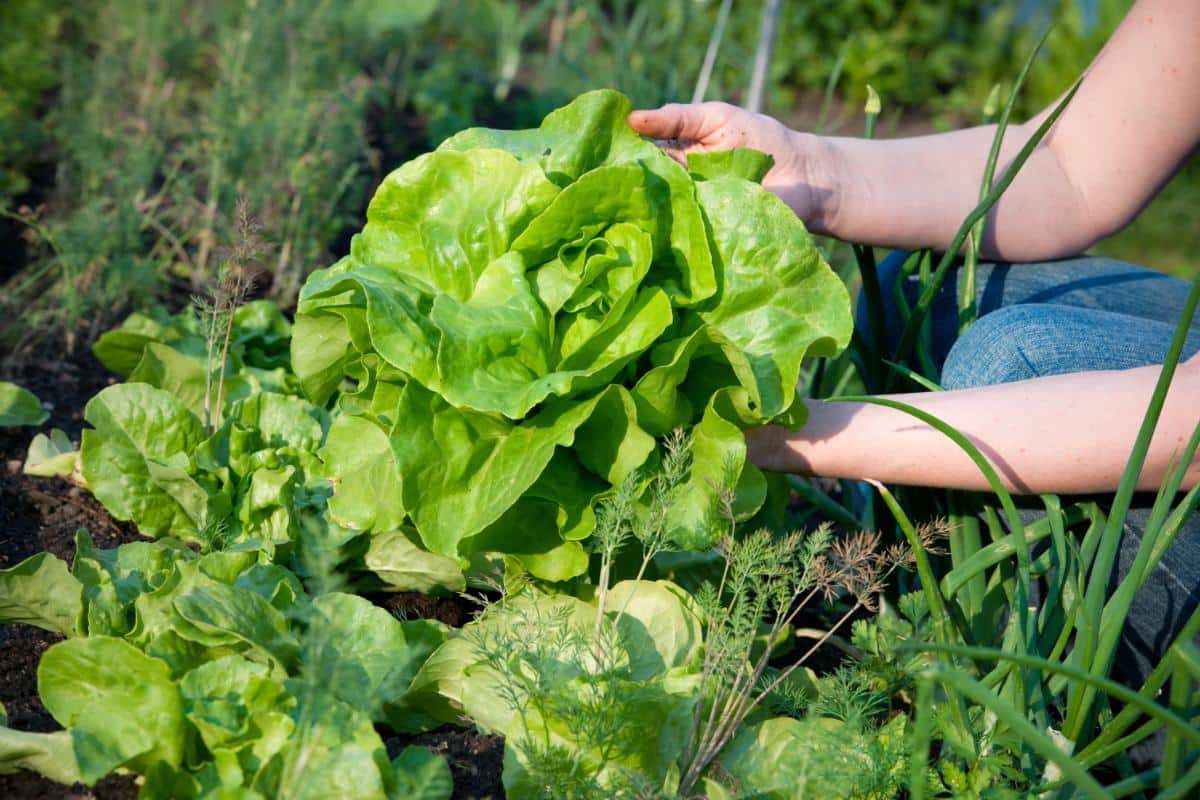
The best vegetables and annuals for winter sowing are:
- Cole crops
- Broccoli
- Brussels Sprouts
- Cabbage
- Cauliflower
- Greens
- Kale
- Leeks
- Lettuce
- Onions
- Shallots
- Spinach
Annual flowers to winter sow
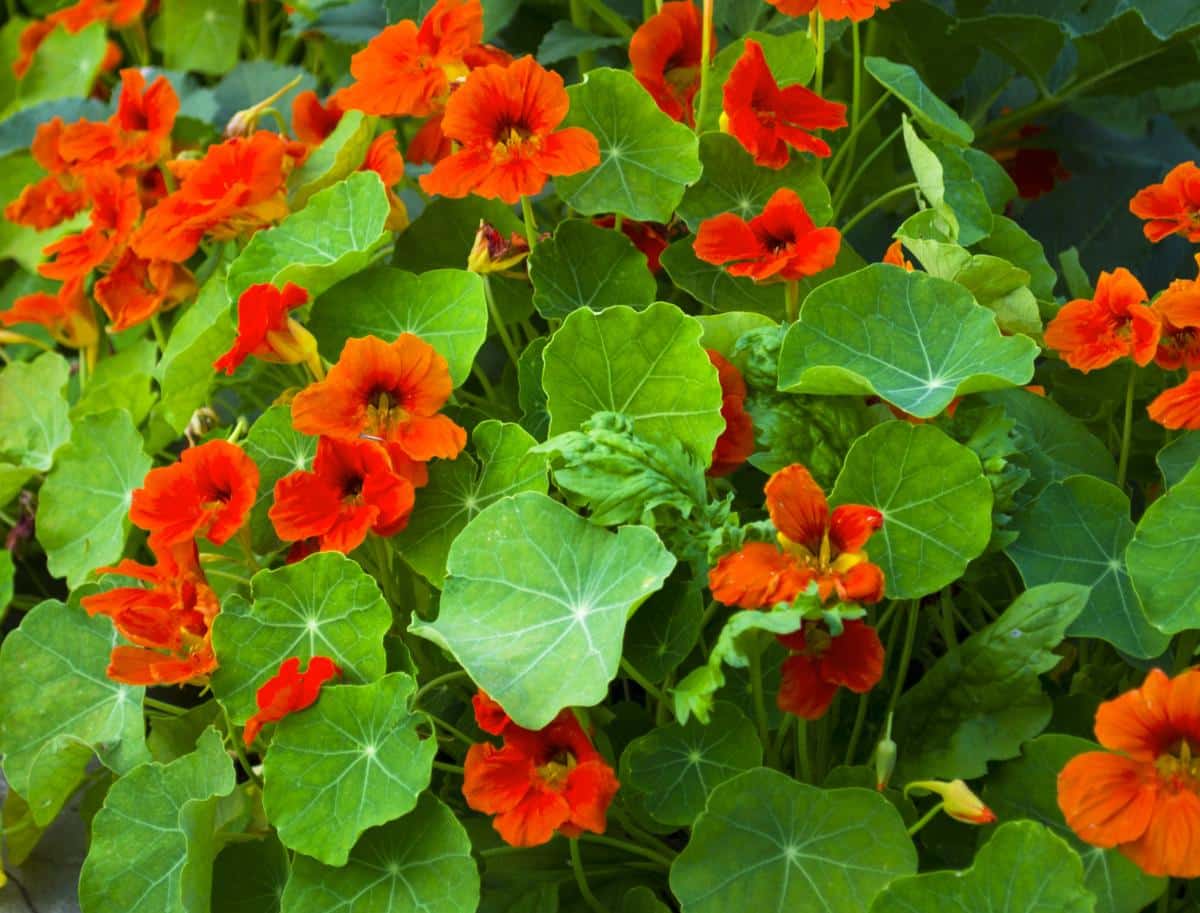
There are annual flowers that do well with winter sowing, too. Often, they are the flowers that self-sow or reseed themselves year after year. In many cases, these are the flowers (like the annual vegetables) that can tolerate some cold and even frost.
Some of the best annual flowers for winter sowing include:
- Alyssum
- Amaranth
- Bachelor Buttons
- Calendula
- Cleome
- Cosmos
- Floss Flower (Ageratum)
- Larkspur
- Moonflower
- Morning Glory
- Nasturtium
- Pansy
- Snapdragons
- Sweet Peas
- Violas
- Zinnias
What About More Frost Sensitive Vegetables and Annuals?
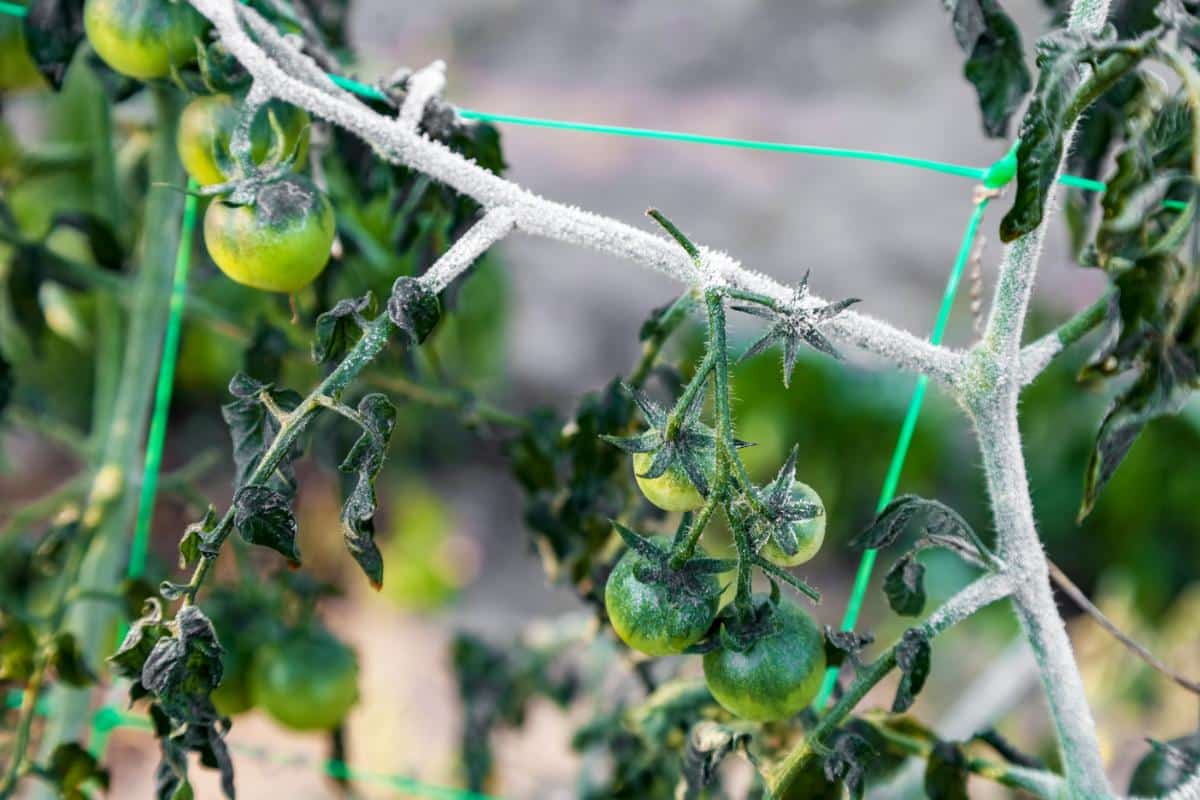
The biggest issue for warm-weather annuals is that if the seeds start sprouting in a warm snap, you will have to carefully monitor them if temperatures dive low again.
Any seedlings that you would protect from frost or that you would not plant out until after frost must (at the very least) be covered when temperatures are in the thirties (Fahrenheit). For their best protection, they should be brought inside, which requires a lot of moving jugs in and out.
Warm weather-loving plants (like tomatoes, peppers) can suffer from chilling injury, become stunted, and get set back when temperatures fall below 50 degrees Fahrenheit. Temperatures of 35 degrees Fahrenheit or lower can kill tomato seedlings.
Clearly, warm/hot weather plants will need more care and management if they are winter-sown. It can be done, but be prepared to manage the plants a lot more.
One way to manage this is to start tender annuals closer to the time that you might start them indoors. Many people start tomatoes and peppers successfully via winter sowing. Many who live in areas with short growing seasons say the method sets them too far behind for these warm-weather plants to grow to harvest age (because they need the extra weeks indoor seed starting provides).
How About Short-Start Plants Like Sunflowers, Squash, and Cucumbers?
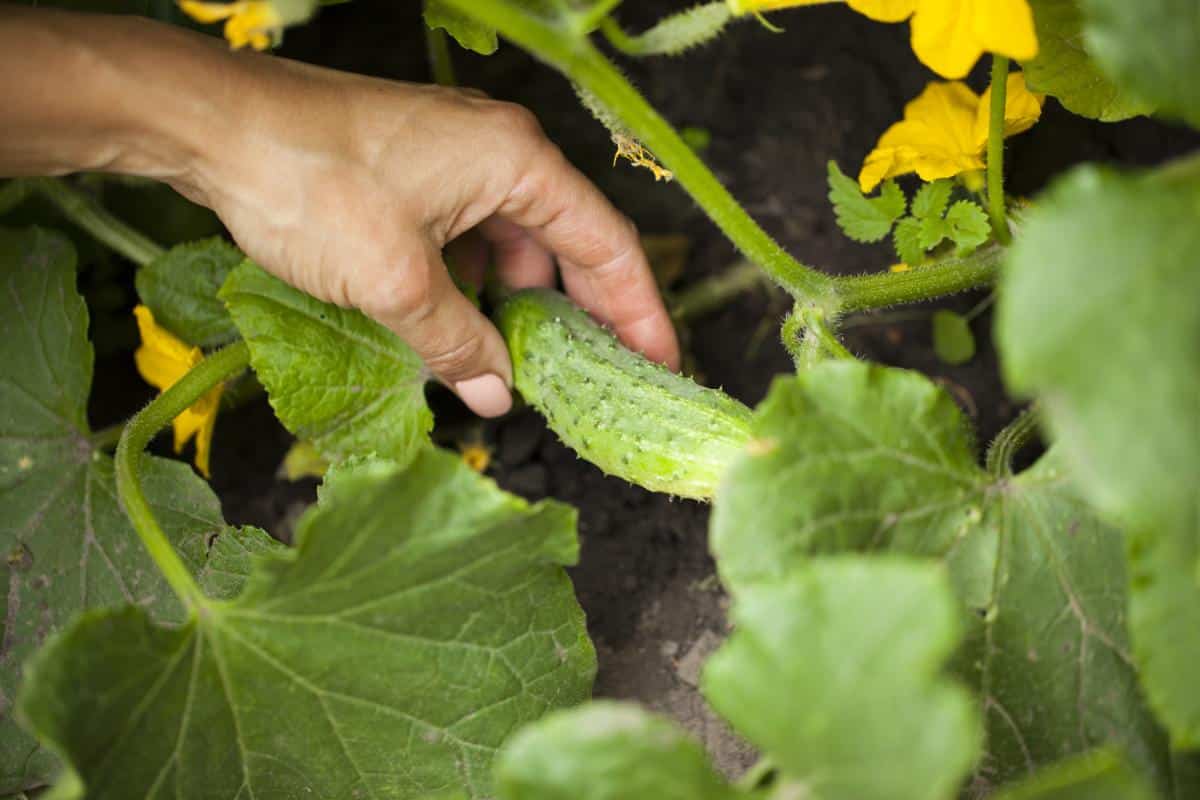
Winter sowing would probably not be the preferred method of seed starting for these types of plants. The problem with a lot of the seeds that we start last (those we start in under four or six weeks before transplanting) is that one of the reasons we wait to start them is that they don’t handle transplanting well.
These are usually plants that don’t like to have their roots disturbed. They can still be started from seed before your last frost date to get a jump on the growing season, but it’s best to do so in pots that can be planted. Like peat pots, cow pots, or cardboard pots, for example.
That said, if you’ve ever thrown out a pumpkin or squash or had your sunflowers drop seed, you’ll know that the seeds do survive the winter well enough and will come up as volunteers when temperatures warm (but this is often much later in the season that you’d get them started with either indoor seed starting or winter sowing since the jugs act like greenhouses and speed up the process).
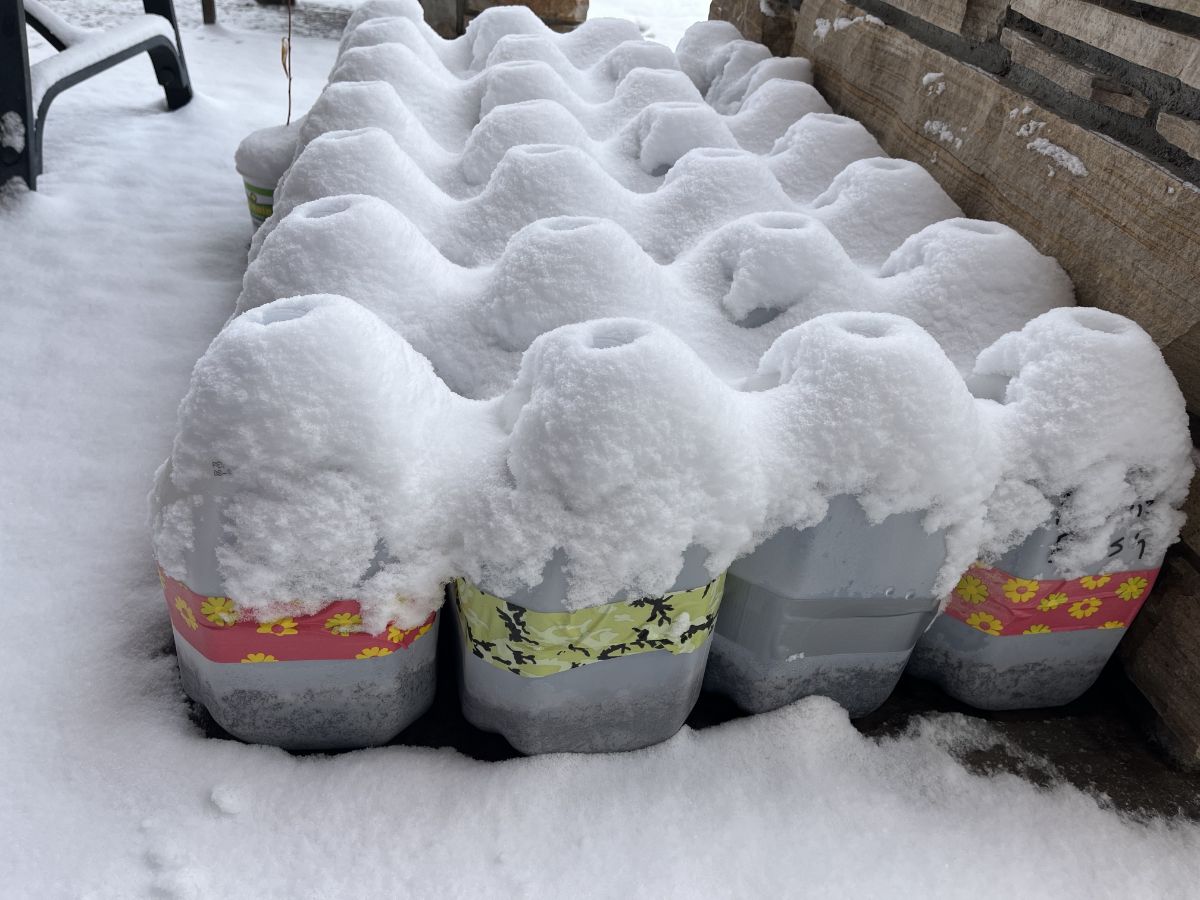
So yes, winter sowing can work for these seeds, but you’ll have more success if they are winter sown in pots that can be planted. That way, you disturb those sensitive roots as little as possible.
The way to winter sow seeds in plantable pots is to put the pots into a large, clear container—like a clear storage tote—instead of using the traditional milk jug.
Often, these plants do just as well with direct sowing into the garden. Sometimes, the time they lose to transplant shock and reacclimating after transplanting slows their growth to such a degree that it’s just as smart to start them directly in the ground. The difference in time to harvest can be negligible in the end, down to a week or two.

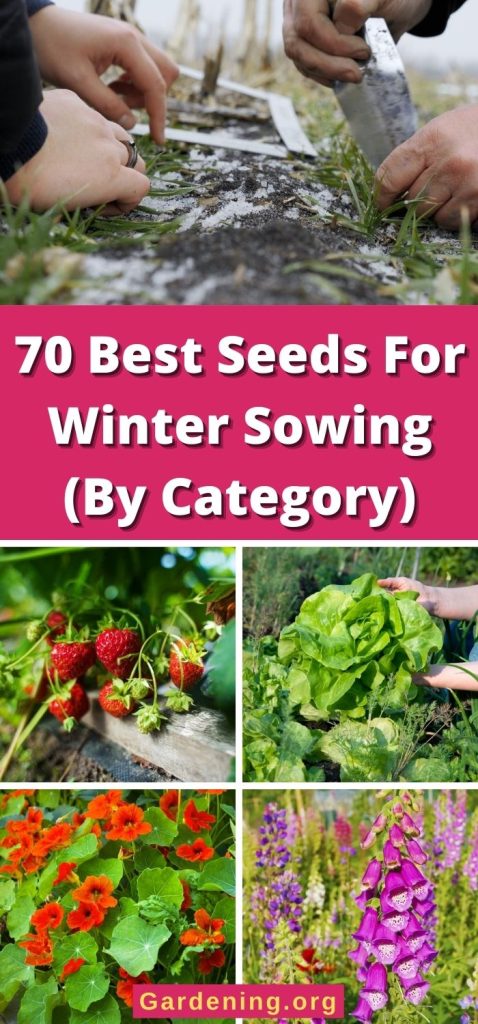
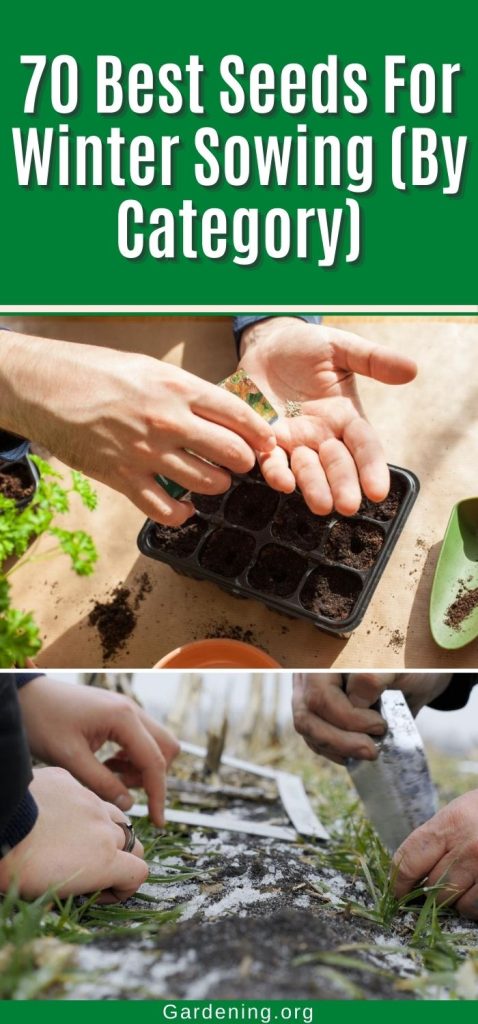
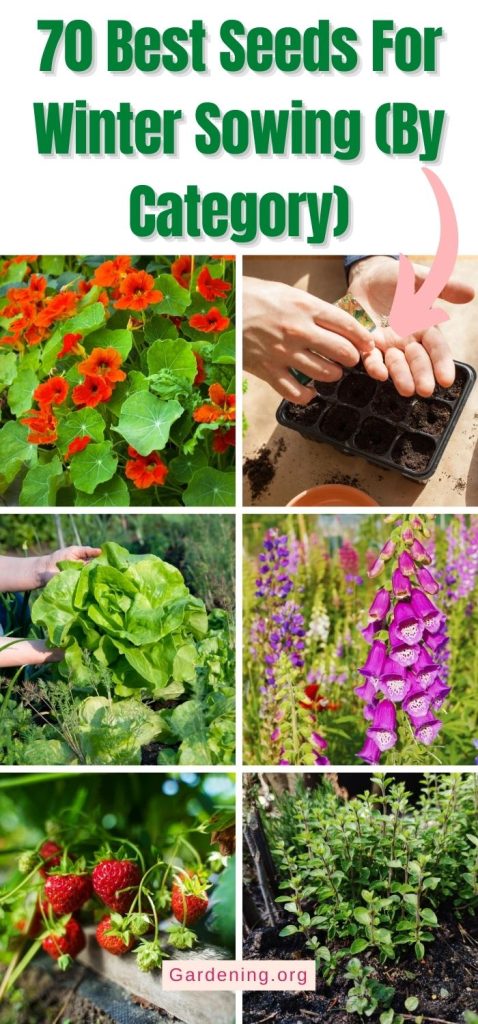
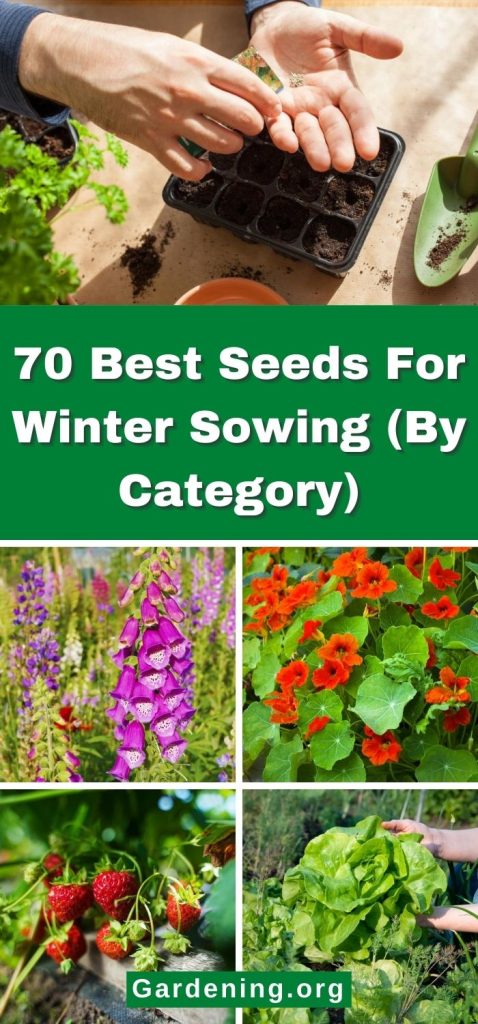

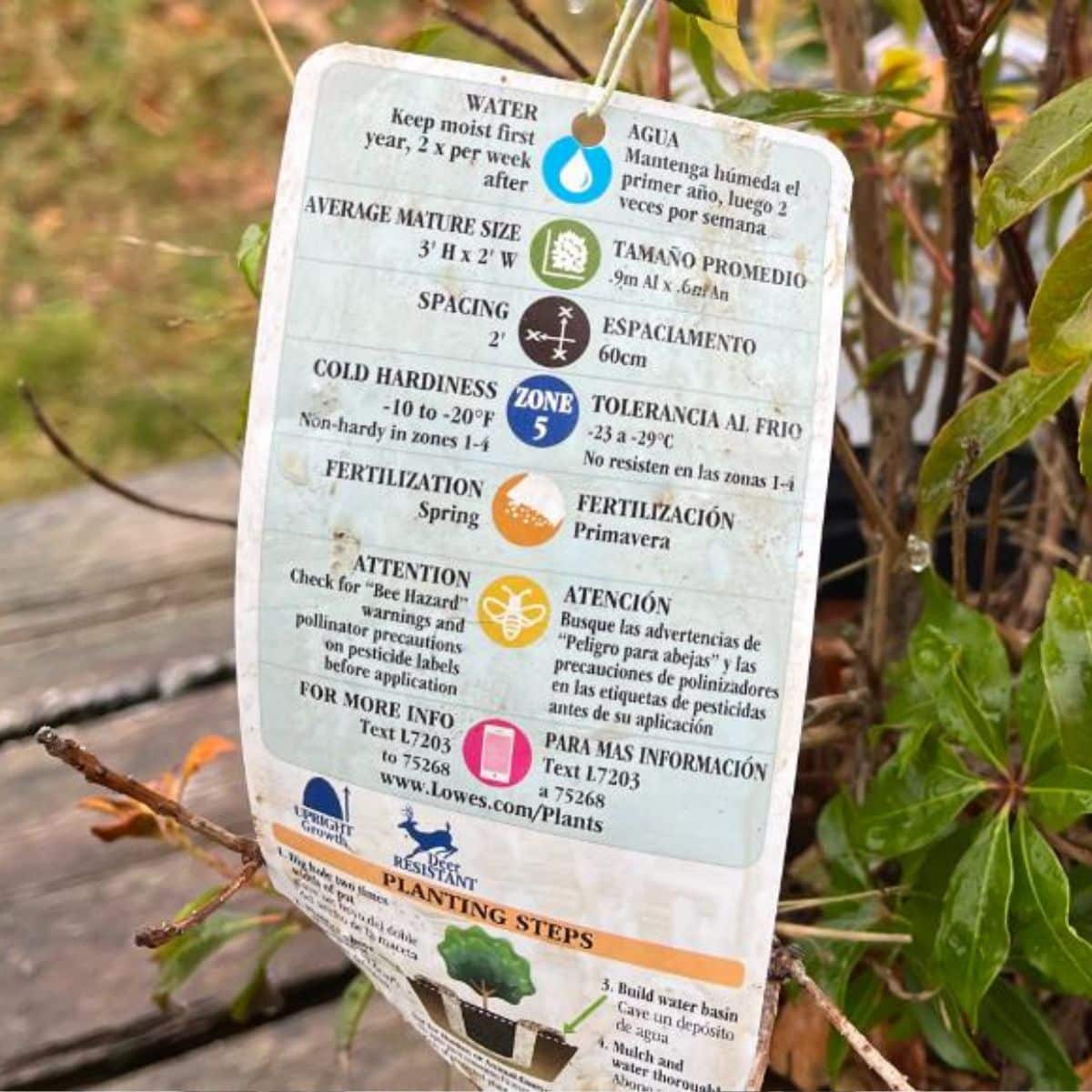

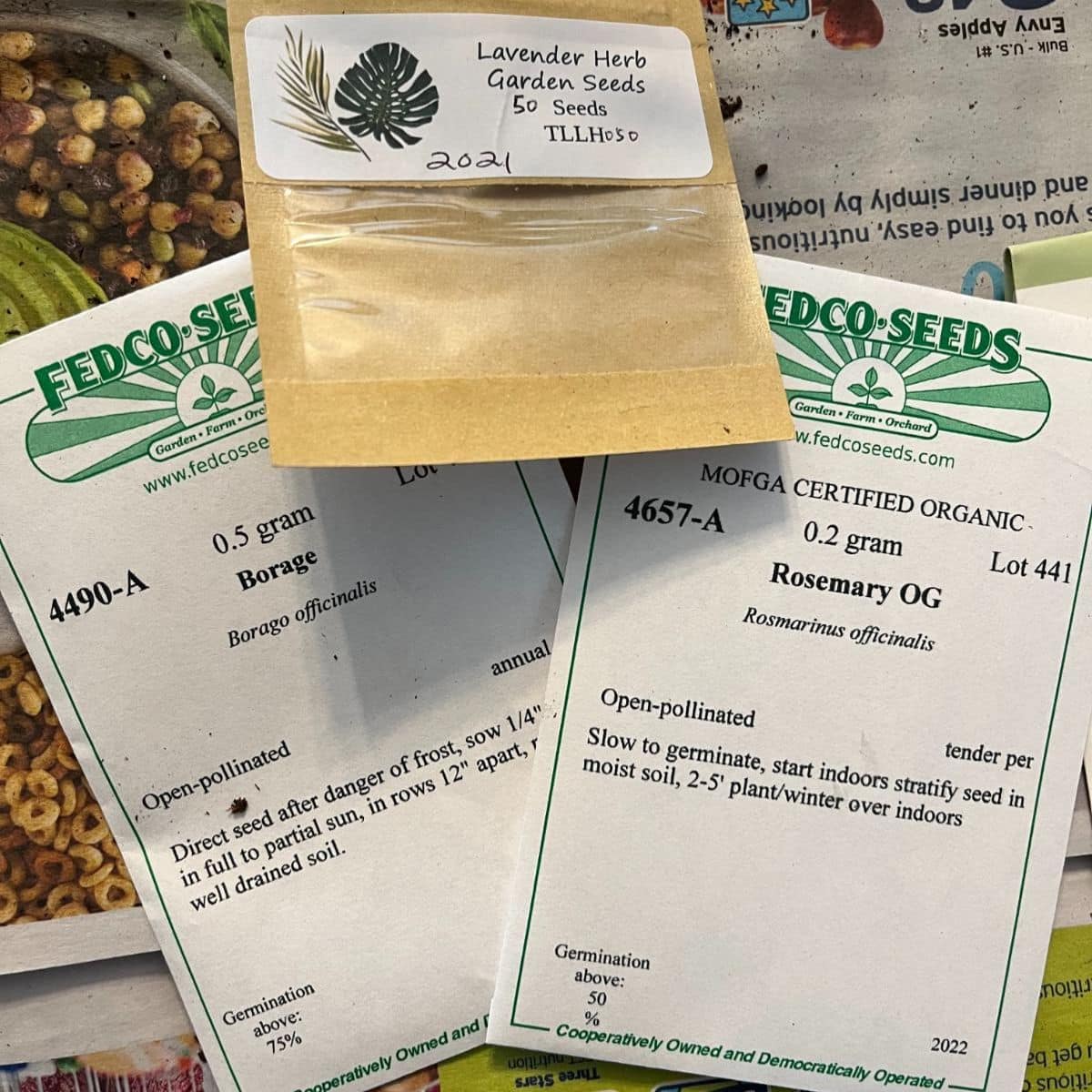
Leave a Reply